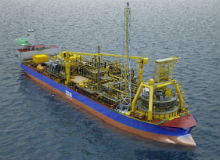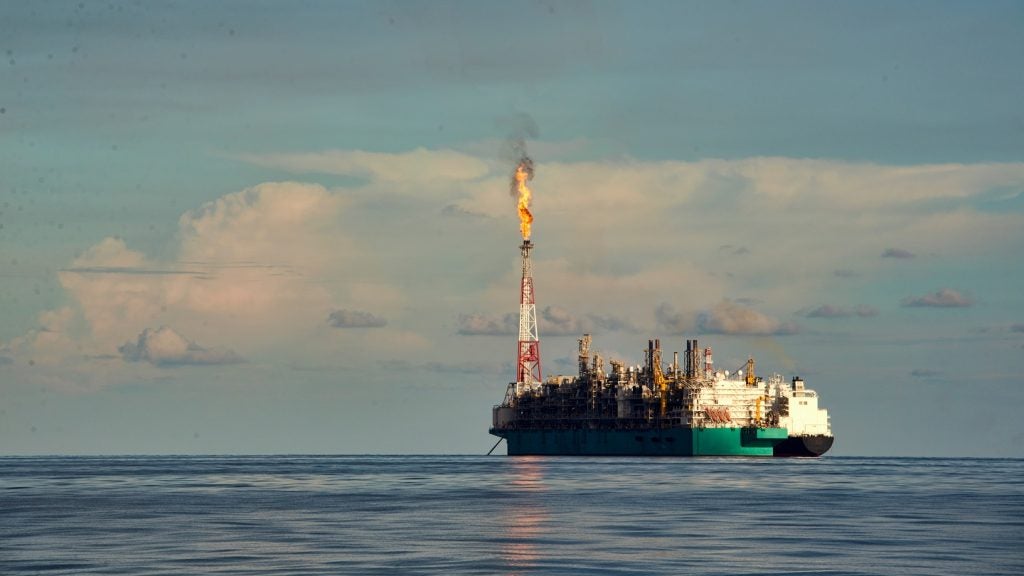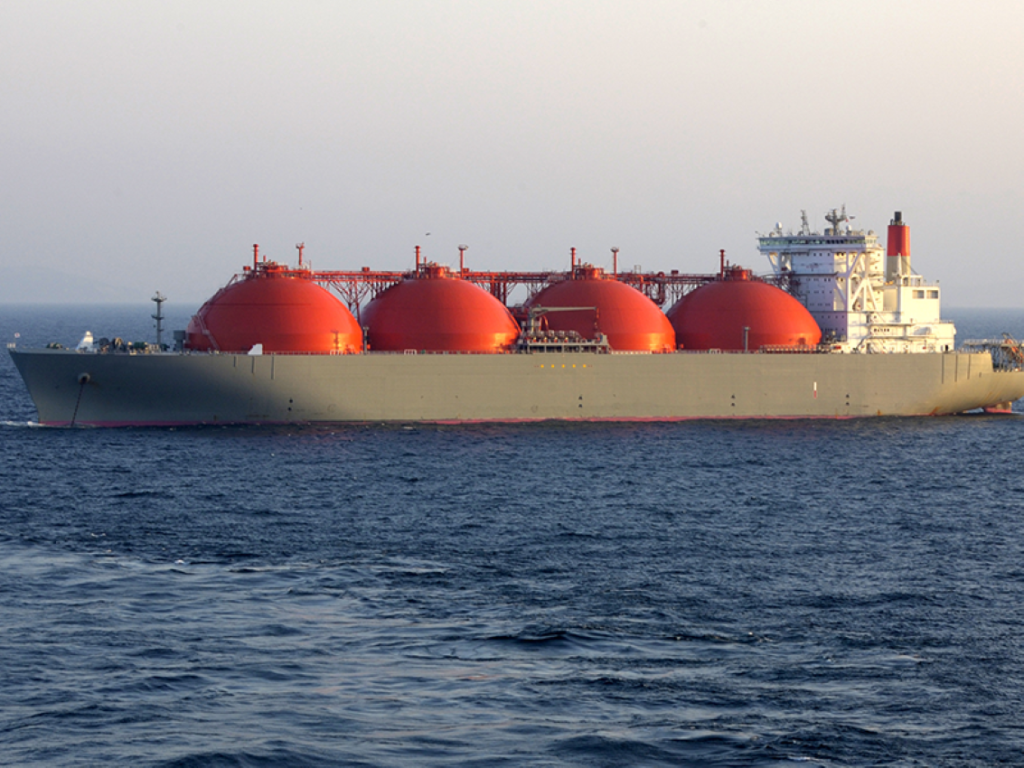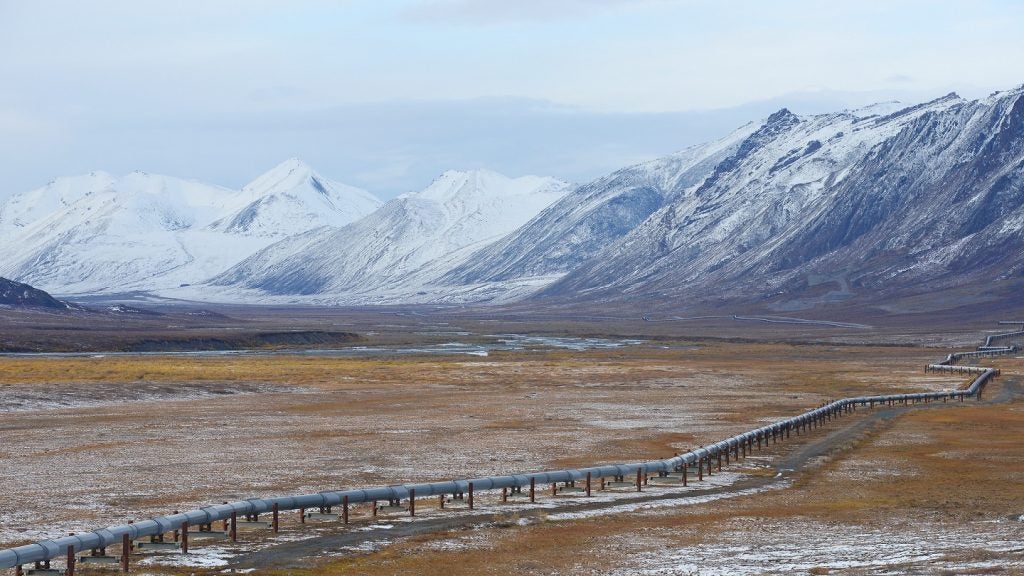

In May 2013, three short years after the Deepwater Horizon disaster and in defiance of a marked downturn in global oil prices, Anglo-Dutch multinational Royal Dutch Shell raised industry eyebrows by embarking upon one of the most ambitious subsea engineering projects of modern times.
The decision to install the world’s deepest floating, production, storage and offloading (FPSO) unit and gas pipeline nearly two miles (3.2km) below sea level in the Stones field in the US Gulf of Mexico (GOM) was an emphatic vote of confidence in large, capital-heavy projects at a time when many big-hitters, notably BP, were pulling in their horns, citing adverse market conditions and rising costs.
A year on, Shell’s calculated gamble is set to pay off. The Stones field encompasses eight lease blocks in the GOM’s Lower Tertiary geologic trend and is thought to contain over two billion barrels of oil equivalent (boe) in place. Offshore installation is scheduled to begin later this year and Shell predicts that peak production will hit 50,000 boe a day during the first phase of development in 2016.
“Shell announced the development’s final investment decision (FID) in May 2013,” a spokesperson for the company confirmed. “The project is currently in the execution phase, mainly construction and fabrication of an FPSO vessel and subsea infrastructure.
“The Stones ultra-deepwater project is a GOM oil and gas development expected to host the deepest production facility in the world in approximately 9,500ft (2,896m) of water.”
How well do you really know your competitors?
Access the most comprehensive Company Profiles on the market, powered by GlobalData. Save hours of research. Gain competitive edge.

Thank you!
Your download email will arrive shortly
Not ready to buy yet? Download a free sample
We are confident about the unique quality of our Company Profiles. However, we want you to make the most beneficial decision for your business, so we offer a free sample that you can download by submitting the below form
By GlobalDataPushing the boundaries: the FPSO Turritella explained
Shell’s commitment to ultra-deepwater exploration in the Lower Tertiary – potentially the GOM’s most lucrative play with an estimated 15bn barrels of oil – began in 2010 with the installation of the Perdido platform. At 8,000ft (2,438m), the drilling and production facility is, for now, the world’s deepest, but Stones in the Walker Ridge area is set to push technological boundaries still further.
The reservoir is located 26,500ft (8,077m) below sea level and 17,000ft (5,181m) below the mud line, and producing, processing and storing hydrocarbons at this depth required a unique FPSO. Enter SBM Offshore. The Dutch firm is building the Turritella, Shell’s first such vessel in the GOM, a model of which was unveiled last week at the Offshore Technology Conference in Houston, US.
Converted from a Suezmax FPSO, the Turritella’s design incorporates a turret with a disconnectable buoy (buoyant turret mooring or BTM), allowing the vessel to weathervane in normal conditions, and disconnect its mooring lines and risers from the well system during heavy storms or hurricanes.
The FPSO will be moored using a lightweight combination of polyester rope and chain, the tension of which can also be adjusted during operations by use of an in-line mooring connector (ILMC).
The Turritella will also incorporate a special type of flexible pipe, known as a steel lazy wave riser (SLWR), which carries oil and gas to the FPSO for processing and transport. Pioneered by Shell, SLWRs offer extra buoyancy thanks to an arch bend that absorbs the motion of the FPSO and boosts riser performance at extreme depths. Stones will be the first time a turret and disconnectable buoy is configured with SLWRs in order to unlock oil production in ultra-deep waters.
French company Technip is in charge of installation of the subsea production system and lateral gas pipeline. Shuttle tankers will transport crude oil from the Turritella to refineries on the US mainland.
“Topography comes into play, and water depth,” John Hollowell, executive vice-president for Deepwater, Shell Upstream Americas, told Reuters in an interview. “We kind of roll all of them together and decide on the right development concept.”
Stones’ phased development will start with two subsea production wells tied back to the FPSO and host facility. Shell will subsequently add six additional wells with multiphase pumping, and all eight wells connected to the FPSO through a single drill centre. Reuters reports that the multinational also plans to use the project to trial a new generation of super-efficient sea floor pumping technology.
Depth of knowledge: the challenges of ultra-deepwater drilling
Shell’s bold move in the GOM is indicative of an industry-wide move away from traditional moored platforms linked to mature pipeline infrastructure in favour of FPSOs, especially for the increasing number of ultra-deepwater projects, where wells are drilled in water at least 1.5km (4,500ft) deep.
The new generation of FPSOs are designed handle a relative lack of infrastructure, a complex seabed and unique reservoir properties, but technology must continue to evolve if it is keep pace with the challenge of re-injecting water or gas into ultra high pressure high temperature (HPHT) reservoirs.
“Lower Tertiary reservoirs typically lay 8,000-10,000m below sea level, with the extreme depths resulting in pressures of up to and in excess of 1,400 bar (20,000 psi) and very high temperatures, both being at the limit of what the industry is capable of dealing with today,” states SBM Offshore. “The reservoirs are typically found under very thick salt or tar sediment layers, and may have uneven porosity and permeability, so presenting multiple exploration and field development challenges.
“Lower Tertiary fields also typically carry a low gas to oil ratio, making these reservoirs relatively low energy. This, along with the poor reservoir properties, may lead to an estimated oil recovery factor of only 10% using conventional techniques, or double this amount using state-of-the-art enhanced oil recovery (EOR) methods, compared to industry best practice of 60% or more.”
Curtis Lohr, Shell’s project manager in charge of the Stones development, describes the specific challenges associated with the company’s groundbreaking development in the US GOM.
“For the gas pipeline, the ultra-deepwater results in high tensions pulling on the FPSO buoy,” he told Rigzone. “On the seafloor, there is an escarpment, so when I talk about 9,500ft of water that’s where the wells are located but the top of the escarpment just north of the Stones development is in 7,500ft of water. So you’ve got this 2,000ft rise that the gas pipeline has to traverse across.
“On top of that, if you look at the details, there are seafloor furrows, which are basically large bumps on the seafloor where the pipelines are being laid, so those are pretty challenging … The gas pipeline will be fitted with VIV [vortex induced vibration] suppression to make sure we don’t have any fatigue issues. And then, obviously, we have to design the wall thickness of the pipeline to span those seafloor furrows.”
Despite the expense and risk – Stones is over 60% deeper than Macondo, the infamous BP well that ruptured in 2010 – large multinationals have little choice but to go deeper in search of the world’s remaining reserves. Shell, for example, is already field operator for seven producing FPSOs globally including the Parque das Conchas (BC-10) project in Brazil, in partnership with Petrobras and ONGC.
According to Reuters, ultra-deep projects accounted for around half of the world’s new discoveries in the first half of 2012. Data from analysts at IHS shows the average ultra-deep exploration well adds 140 million boe to reserves, making them 11.5 times more effective than an onshore rig.
“We definitely see Stones as an enabler for future growth,” Lohr said. “There are other potential developments that look a lot like Stones. So if we unlock Stones, I think we can unlock a lot of other developments in the Gulf of Mexico as well.”
Follow Julian Turner on Google+


.gif)




